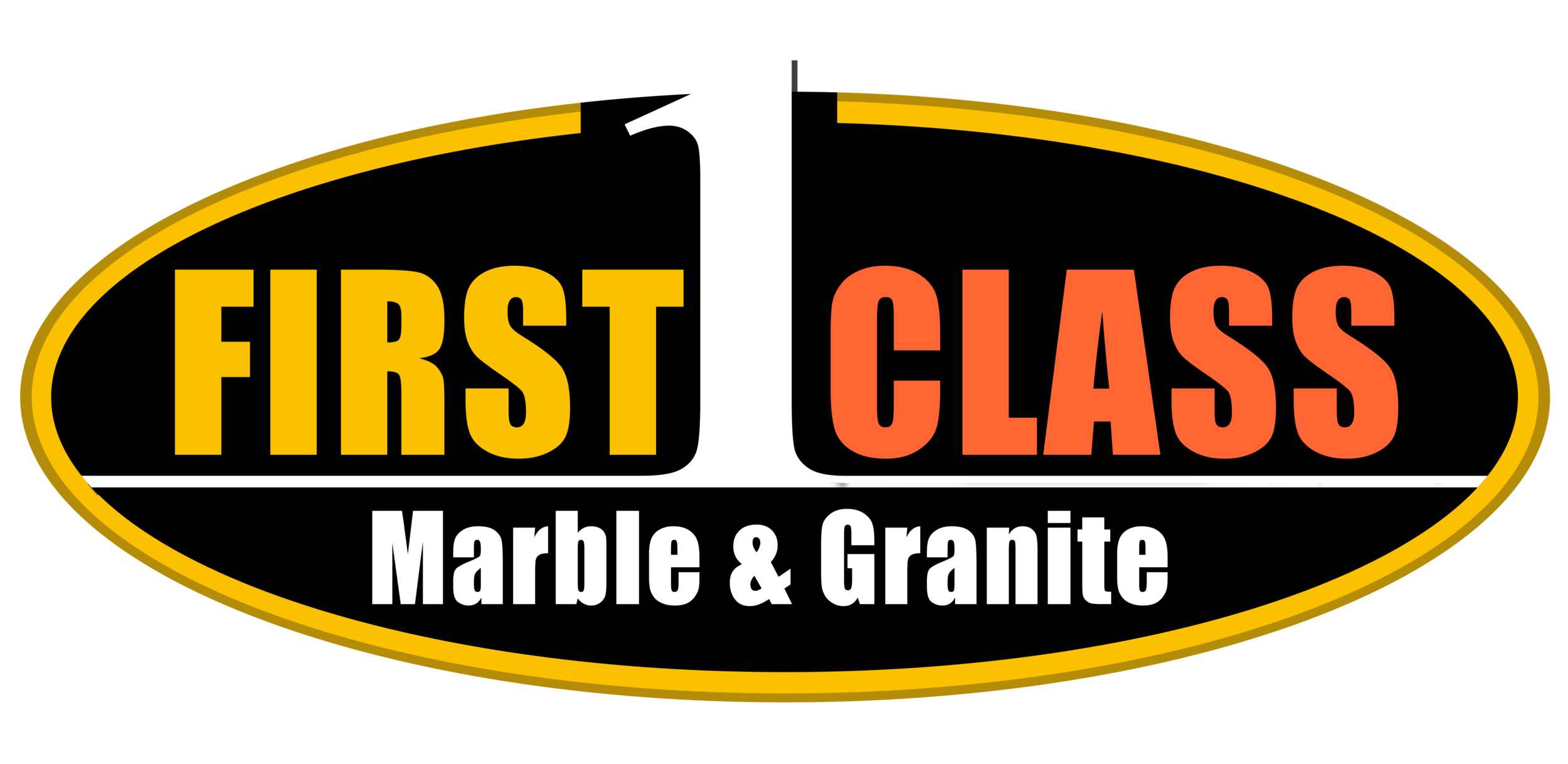Porcelain/Sintered Stone Desciption & Disclaimers
Material: Although porcelain & sintered stone materials are strong in themselves it does not mean that they can take abuse without having unwanted reactions. Porcelain & sintered stone materials are beautiful but must be treated with fragility and care to avoid damage. FCMG will always attempt to educate clients as best as possible regarding the product being purchased but the responsibility of the integrity of the material after successful installation is solely on the client/consumer and no liability shall be held by FCMG after installation sign-off. Porcelain & sintered stones will not change/alter/damage unless something causes it to occur. FCMG will not be responsible for other items/factors within/around the work area/job-site that may cause damage to the countertops after installation sign-off.
Fabrication: There are many factors to take into consideration while working with these materials. Specialized blades are used along with specific cut sequences & motion speeds. If we are using the waterjet, we follow strict water pressure guidelines. Porcelain and sintered stones contain a high level of pressure that is bound inside of the slab. This pressure comes from the manufacturing process while making the product. Some brands require what is called a “relief cut” in which we need to make a cut all around the border of the slab to relive the pressure within the slab. Some brands require certain cut sequences to avoid pressure building up in an area of the slab during cutting. In most cases, no matter what tools, sequences or how strict we follow all guidelines, the material can fall victim to the built-up pressure and crack. Once the material cracks the only “repair” is to adhere the broken piece together as best as possible or start that piece over, if possible. Given this information, FCMG cannot be responsible for the material cracking during fabrication, transportation and/or installation. It is the characteristics/nature of the material and we cannot be held liable or cover the costs to replace the material. Materials are purchased in slabs so if a slab breaks during cutting and there is not enough material on-hand to complete the job, a new slab will need to be purchased by the client to complete the job. Other factors that must be considered prior to starting the job is the availability of more materials should the original materials break/damage during fabrication/transportation/installation. If the materials have a long lead-time for delivery then nothing can be done until the new material arrives. The job will be put on-hold until the new slab arrives, has been inspected, a layout completed and a new installation date is agreed upon & set. If there are no more materials available, it is at the full liability of the client to purchase a new set of materials to complete the job or do the job over if some parts were already cut, fabricated and/or installed. Lastly, inside corners must have a minimum radius of ¼” to allow pressure applied to the stone to be equally distributed when it approached the corner. Less than a ¼” radius can & will result in cracking at the corner if pressure is applied to the surface of the countertop. Once the product is installed, an installation sign-off will be obtained and all responsibility/liability of the product and craftsmanship becomes solely upon the client.
Installation: Porcelain & sintered stones will be installed on level cabinets pre-approved by the FCMG template tech at time the time of template and also by the FCMG installation techs prior to bringing the stone into the job-site at time of installation. It is imperative that all cabinets are level to avoid having unequal support beneath the countertops which will result in cracking somewhere in the countertops.
Post-Installation: Porcelain & sintered stones can crack, chip, shatter, scratch, etch and/or result in any other type of damage if misused by the client.
Misuse includes, but is not limited to:
➢ Standing on the surface
➢ Placing heavy objects on the surface
➢ Dropping objects on the surface ➢ Impact to the edge/surface
➢ Extreme heat and/or thermal shock in fireplace applications.
➢ Extreme changes in temperature and/or weather conditions in outdoor applications.
➢ Dragging items across the surface ➢ Leaving acidic/corrosive items/liquids on the surface
➢ Settling of any component of support which results in uneven/unlevel support – examples: settling of the cabinets, settling of the floor joists, settling of the entire house/structure.
➢ Other means of neglect/misuse that should not occur with delicate/fragile materials.
